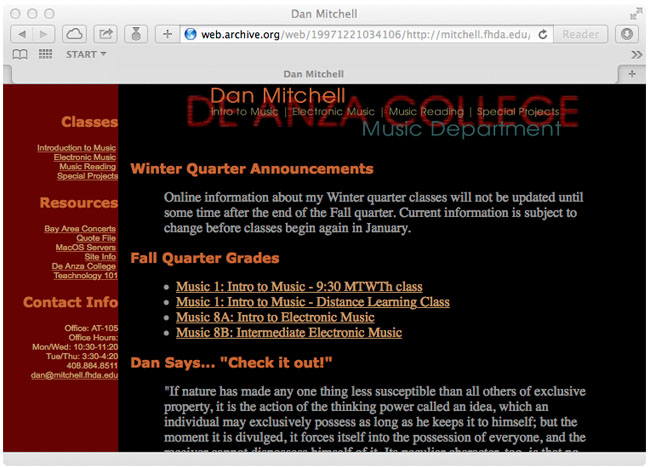
How many of us have considered the ways in which popular social media services — which admittedly are hugely appealing in many ways — are doing an effective job of killing the world wide web and undoing the early promise that it offered of direct and open access, along with visibility proportionate to quality, and critical disintermediation?
A few years back there was this astonishing, exciting, powerful, accessible thing called the world wide web, on which virtually anyone could share their story, their creative work, their business — and we saw the beginnings of the great disintermediation as boundaries were broken and the middlemen who had stood between content producers and consumers began to disappear. This was a world filled with promise. Those who produced valuable and interesting content (as differentiated from those who simply channeled it) could connect directly with a world of people who found that content compelling, and those looking for content could easily find it and follow it. Word got around, and it did so fairly directly, with little or no intermediation by those who had controlled traditional media.
Social media applications are seductive things, especially during their start-up phase, when the typical approach has involved giving away (or at least appearing to give away) a great deal of access by means of what seem like very open platforms. In fact, many who jumped onto these platforms early on did manage to leverage their initial power to their advantage. However, virtually without exception, these applications have morphed in directions that do not enable our own control over what we see and who we connect to, but which instead take control out of our hands and determine for us what we will see, most often based on generating advertising revenue — an old model that takes us back to (to coin a term) nondisintermediation.
Continue reading Social Media and the Death of the Web (Morning Musings 9/27/14)